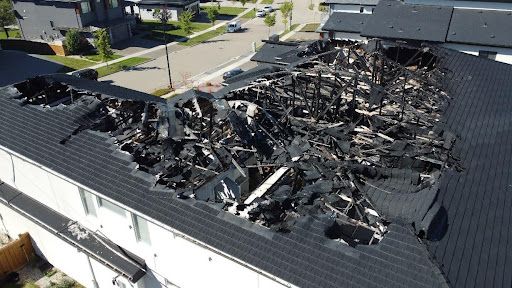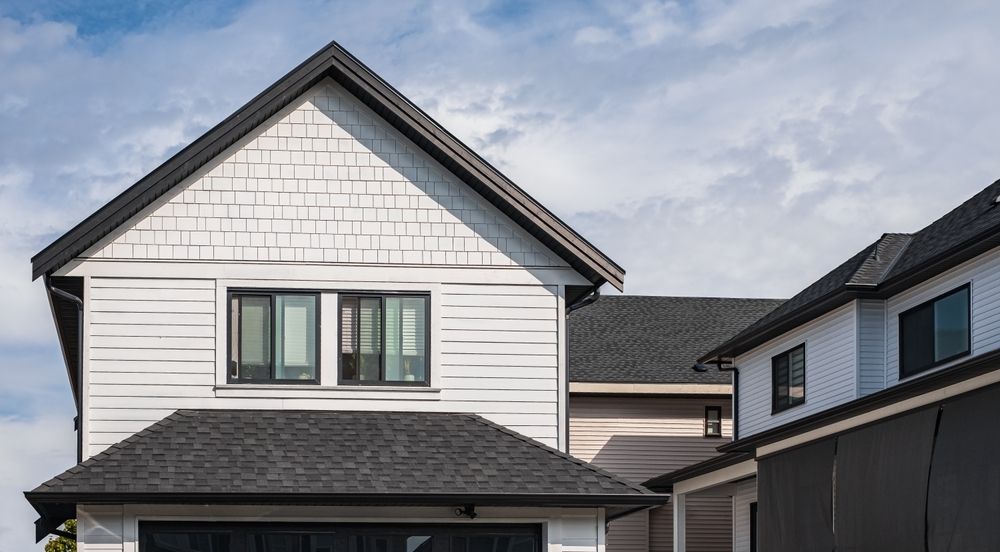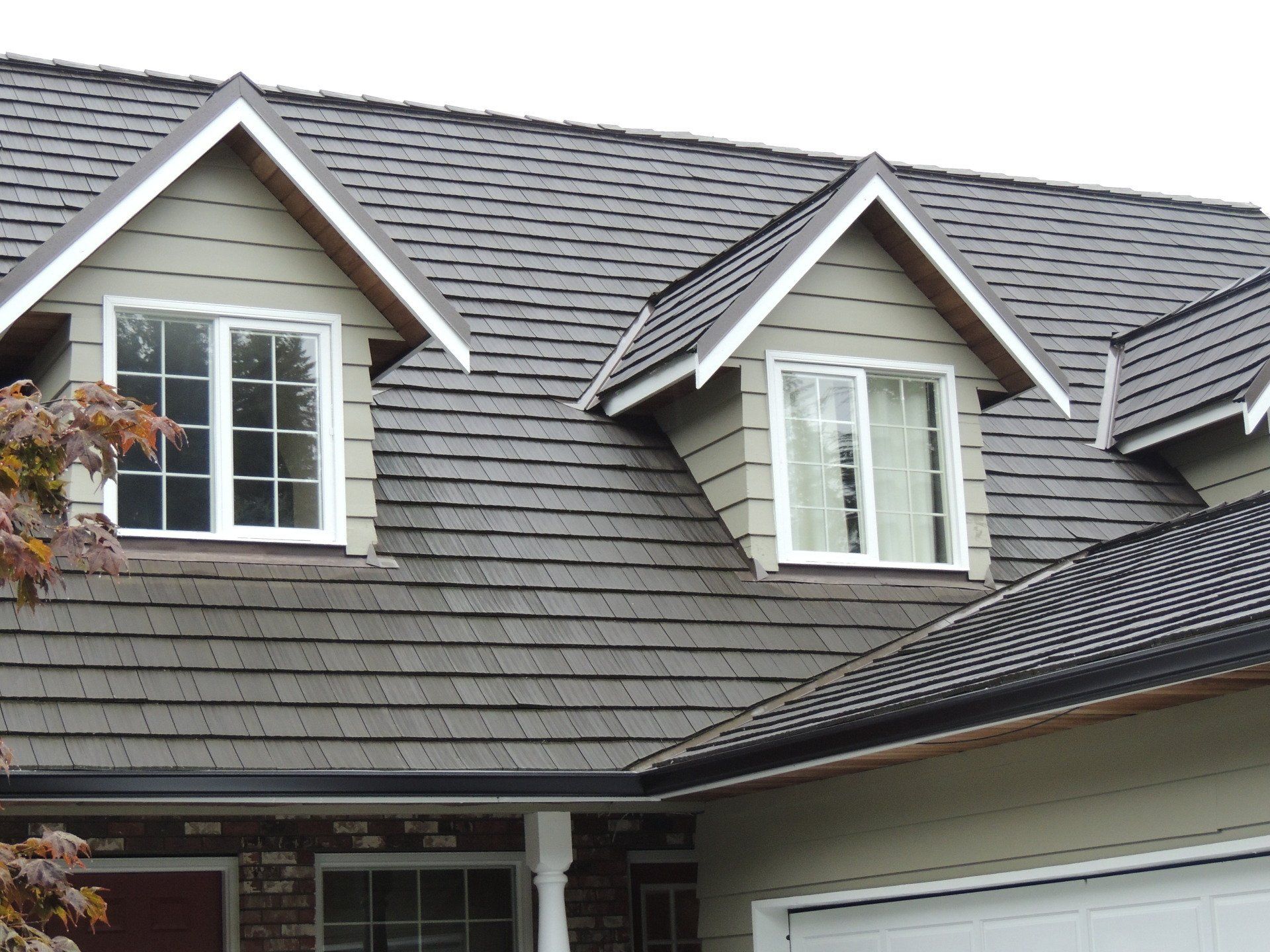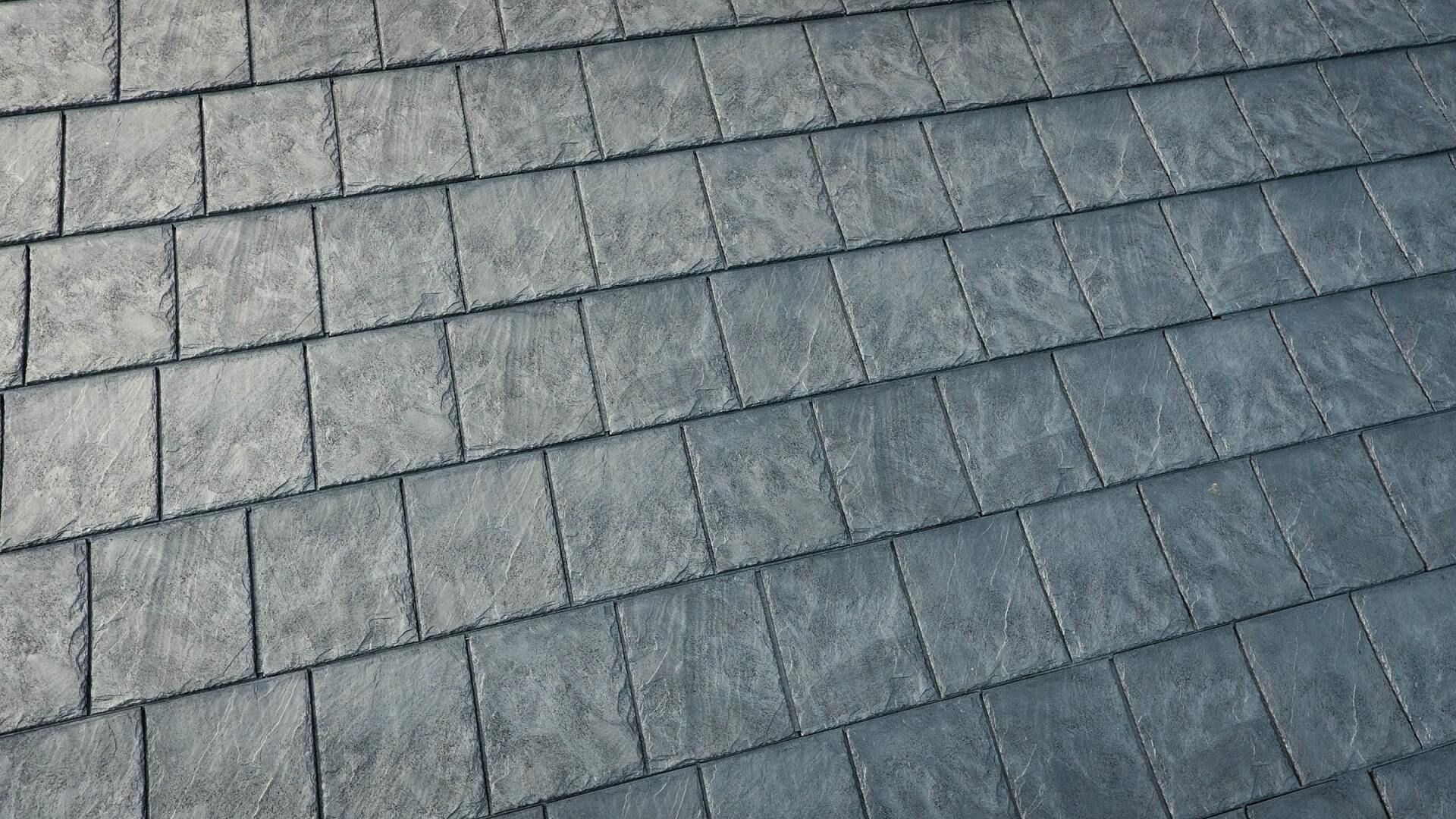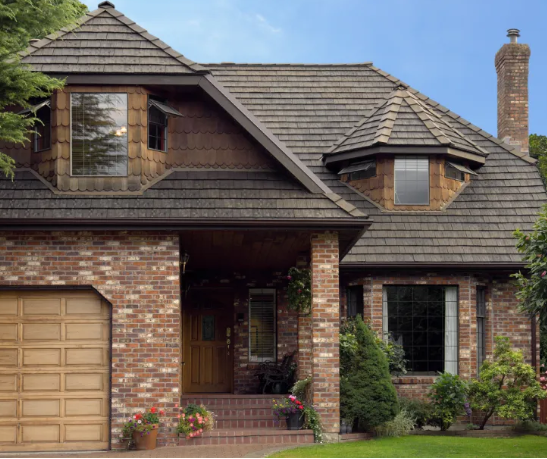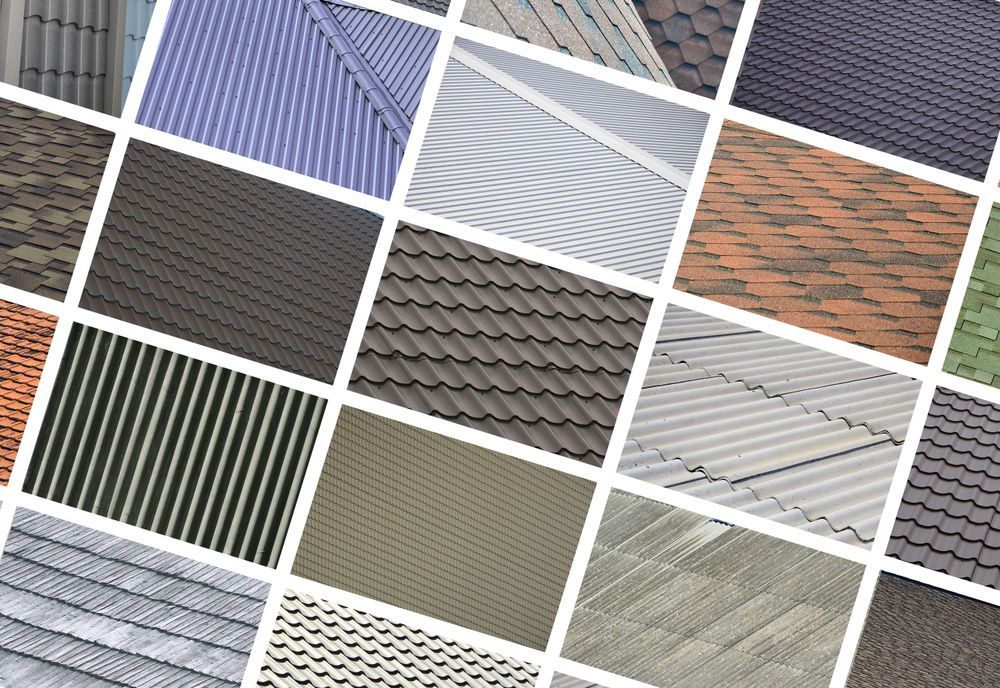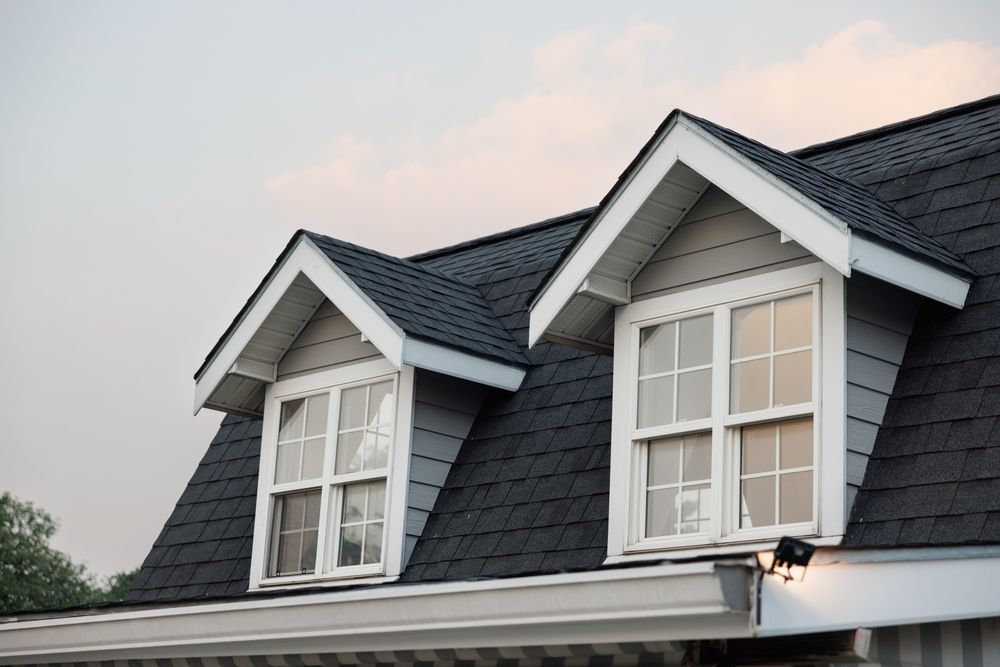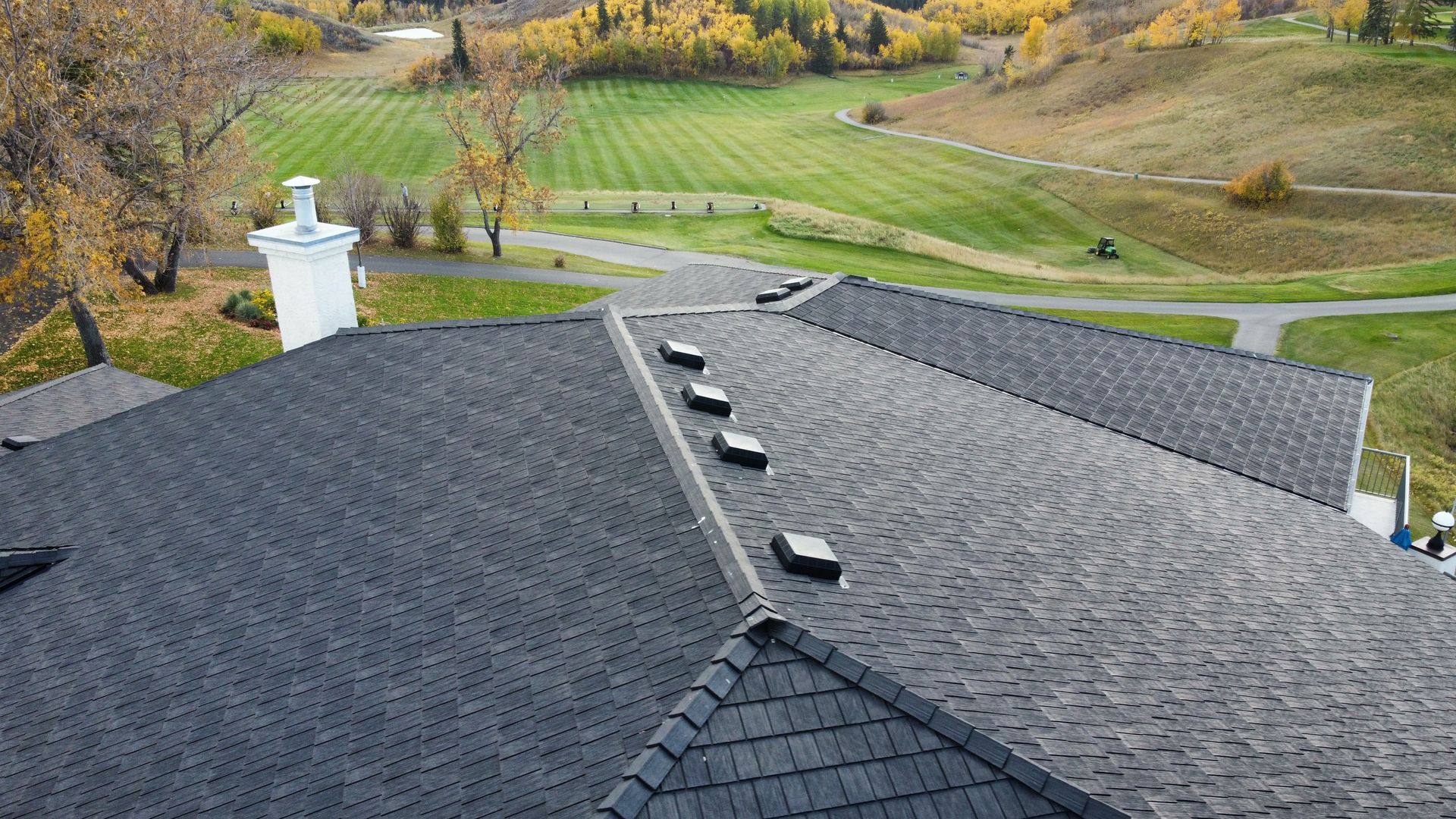How Euroshield Roofing Holds Up In Different Climates Across North America
Roofing materials have come a long way, and new technologies are created and tested as climate concerns continue to grow. Durability during extreme weather is a key quality of a good roof. Still, the threat of wind, rain, snow, and hail may differ depending on where you live and also environmental factors such as salt from sea air and ultraviolet light from sun exposure.
Euroshield offers the ultimate protection for all types of weather, regardless of locality. Here's a breakdown of how these advanced shingles work in different weather events by region.
Best In Class Protection From The Elements
Roof repair or replacement costs are some of the most significant items for home insurance companies. The latest data reveals that damage claims from wind and hail have jumped 34% since 2019. Increased storm risks are attributed to climate change, and insurance companies are looking to cover their bases.
Advantages of Euroshield Roofing By Weather Events
From bitter cold to extreme heat, the North American climate is very diverse. Depending on where you live, typical roofing materials like asphalt shingles, clay, or metal roofing may fail sooner than the expected warranty due to their durability. Let's look at how Euroshield Roofing materials hold up in extreme conditions.
Hail And Shingles
Hail Alley, as it's called, stretches from Wyoming to Texas and from the Rocky Mountains into Missouri. Land and atmosphere features create favorable conditions for hailstorms, but the Eastern Coast, including Pennsylvania down through Florida, is a growing target.
Whether pea-sized or baseball-sized, hail can cause a lot of damage. They can cause dents and bruising, which can cause water pooling and absorption, or worse, crack or shatter shingles. All Euroshield roofs are warrantied for hailstones up to two inches, but there are also hail-proof solutions with UL2218 Class 4 Impact Ratings that are proven to withstand impact from hailstones up to four inches in diameter.
Wind And Shingles
Wind can be an isolated event, part of a strong storm, tied to tornadic activity, or occur during a tropical storm or hurricane. While every area of North America has seen its share of windstorms, homes from the Midwest to the Southern and Eastern Coast tend to experience more tornadoes and tropical systems.
Powerful winds can rip off shingles and damage the roof's decking, facia, flashing, or other parts. Tornadoes can take off a few shingles or obliterate a home, similar to hurricanes. Most roofing materials are not made to withstand high winds, much less winds that exceed 50mph. Euroshield's rubber shingles provide superior wind protection. During Hurricane Irma, a Euroshield Roof was still standing after facing category five sustained winds of 186 mph and gusts up to 223 mph.
Snow And Shingles
Southern cities in North America may not need to worry about prolonged exposure to snow and dangerous freezing conditions. But it's a fact of life for homeowners in the Northwest, Midwest, northern East Coast, and well into Canada. Even communities in North Texas can see up to 10 inches of snow each winter.
The weight of snow can damage shingles or cause sagging, while the freeze-thaw cycle can cause ice dams to form or roofing materials to expand and contract rapidly, leading to structural failure. Euroshield Roofing is designed to withstand the weight of snow and will not expand and contract with a freeze as quickly as traditional shingles.
Sea Salt, Heat, and Ultraviolet Exposure and Shingles
Sea salt, heat, and ultraviolet rays can shorten the life of your roof. Salt from the sea can corrode the roofing material on coastal homes. In areas that experience extreme heat, traditional shingles are prone to thermal expansion, which can lead to cracks or structural failure.
Anywhere the sun shines, ultraviolet rays follow, causing shingles and roofing materials to fade, crack, blister, or worse. Carbon black is an ultraviolet stabilizer that not only absorbs the light like other shingle materials but transfers it to heat, releasing it from the shingle back into the air. Euroshield Roofing has the maximum amount of carbon black needed to optimize this heat transfer, while the rubber material deflects salt and heat.
Durable Roofing Materials That Protect The Environment
Euroshield took its dedication to protecting homeowners and extended it to Mother Nature. All Euroshield roofs are manufactured from 95% recycled materials, with the highest quality virgin crumb rubber derived from recycled tires. These sustainable, eco-friendly rubber roofing shingles offer unmatched durability while diverting millions of tires from landfills.
Euroshield Holds Up In All Weather Situations
Euroshield researched and invested in one of the most durable materials ever invented–the rubber from tires. It's durable in all weather conditions and has an industry-leading warranty. Rather than your typical 12, 15, or 30-year warranty, some Euroshield roofing can last up to 50 years, even when faced with harsh weather elements like golf ball-sized hail. Their products are independently tested, eco-friendly, energy-efficient, and cost-effective. Contact us for more information, or talk to your roofing contractor about installing Euroshield Roofing on your home.
